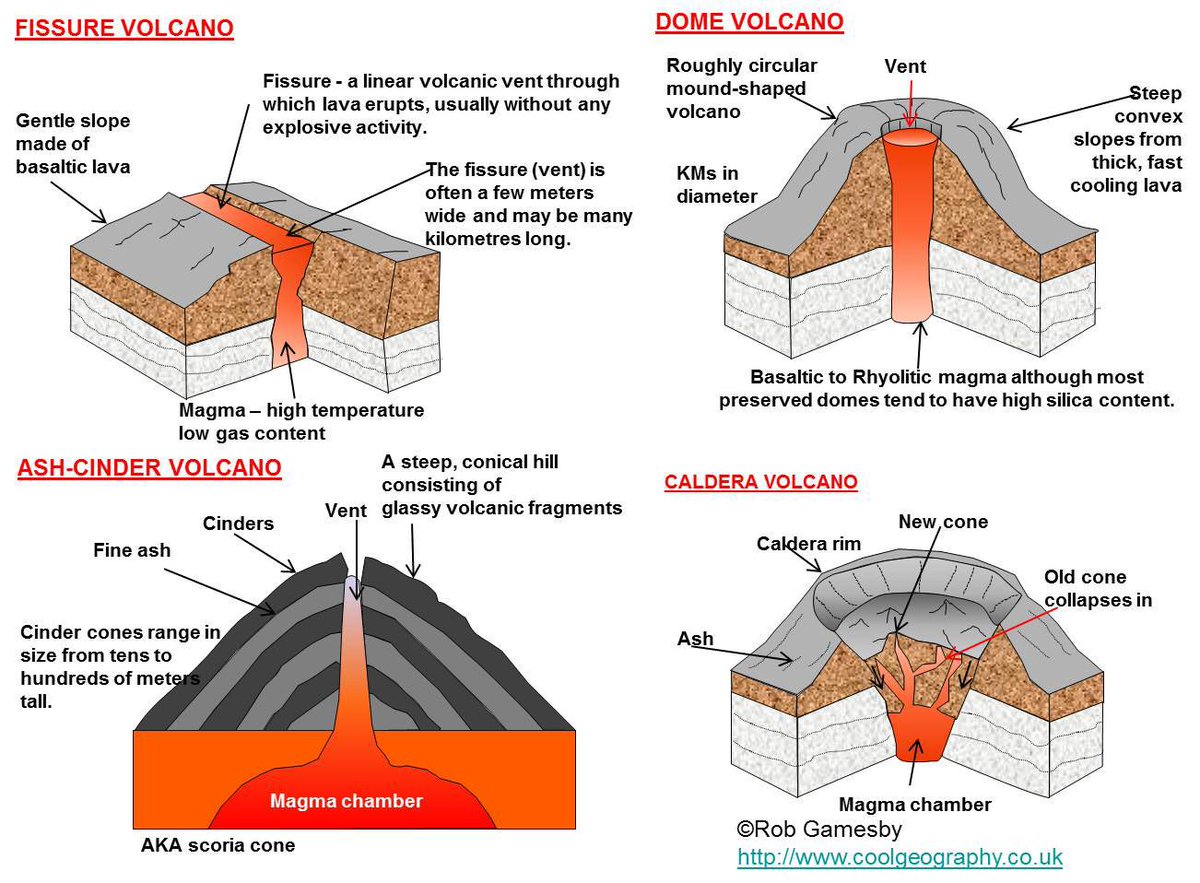

Shear viscosity, the most important one, often referred to as simply viscosity, describing the reaction to applied shear stress simply put, it is the ratio between the pressure exerted on the surface of a fluid, in the lateral or horizontal direction, to the change in velocity of the fluid as you move down in the fluid (this is what is referred to as a velocity gradient).The most usual decomposition yields the following viscosity coefficients: Viscosity is a tensorial quantity that can be decomposed in different ways into two independent components. Kinematic viscosity is the dynamic viscosity divided by the density.Dynamic viscosity, also absolute viscosity, the more usual one.Viscosity coefficients can be defined in two ways: A Bingham plastic is a material that behaves as a solid at low stresses but flows as a viscous fluid at high stresses.Rheopectic: materials who become more viscous over time when shaken, agitated, or otherwise stressed.Thixotropic: materials who become less viscous over time when shaken, agitated, or otherwise stressed.Shear thinning: viscosity decreases with the rate of shear.Shear thickening: viscosity increases with the rate of shear.Newtonian: fluids, such as water and most gases which have a constant viscosity.

Thus there exist a number of forms of viscosity: Non-Newtonian fluids exhibit a more complicated relationship between shear stress and velocity gradient than simple linearity. It is not a fundamental law of nature but an approximation that holds in some materials and fails in others. Newton's law of viscosity, given above, is a constitutive equation (like Hooke's law, Fick's law, Ohm's law). Viscosity, the slope of each line, varies among materials James Clerk Maxwell called viscosity fugitive elasticity because of the analogy that elastic deformation opposes shear stress in solids, while in viscous fluids, shear stress is opposed by rate of deformation. Note that the rate of shear deformation is which can be also written as a shear velocity. Hence, through this method, the relation between the shear stress and the velocity gradient can be obtained. This equation can be expressed in terms of shear stress Thus as expressed in differential form by Isaac Newton for straight, parallel and uniform flow, the shear stress between layers is proportional to the velocity gradient in the direction perpendicular to the layers: Where μ is the proportionality factor called the viscosity. Combining these three relations results in the equation The applied force is proportional to the area and velocity of the plate and inversely proportional to the distance between the plates.

If this force causes the substance between the plates to undergo shear flow at velocity u (as opposed to just shearing elastically until the shear stress in the substance balances the applied force), the substance is called a fluid. Assuming that the plates are very large, with a large area A, such that edge effects may be ignored, and that the lower plate is fixed, let a force F be applied to the upper plate. The relationship between the shear stress and the velocity gradient can be obtained by considering two plates closely spaced at a distance y, and separated by a homogeneous substance. In general, in any flow, layers move at different velocities and the fluid's viscosity arises from the shear stress between the layers that ultimately opposes any applied force. Laminar shear, the non-constant gradient, is a result of the geometry the fluid is flowing through (e.g. The study of flowing matter is known as rheology, which includes viscosity and related concepts. All real fluids (except superfluids) have some resistance to stress and therefore are viscous, but a fluid which has no resistance to shear stress is known as an ideal fluid or inviscid fluid. For example, high-viscosity felsic magma will create a tall, steep stratovolcano, because it cannot flow far before it cools, while low-viscosity mafic lava will create a wide, shallow-sloped shield volcano. Viscosity describes a fluid's internal resistance to flow and may be thought of as a measure of fluid friction.

Put simply, the less viscous the fluid is, the greater its ease of movement (fluidity).( 1) Thus, water is "thin", having a lower viscosity, while honey is "thick", having a higher viscosity. In everyday terms (and for fluids only), viscosity is "thickness". Viscosity is a measure of the resistance of a fluid which is being deformed by either shear stress or tensile stress. Clear liquid above has lower viscosity than the substance below.


 0 kommentar(er)
0 kommentar(er)
